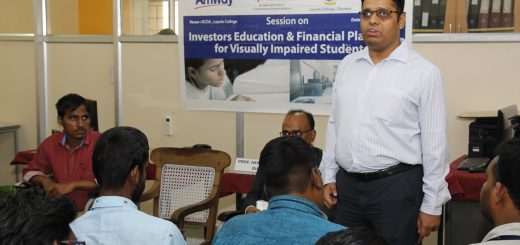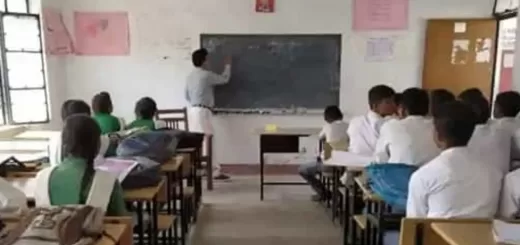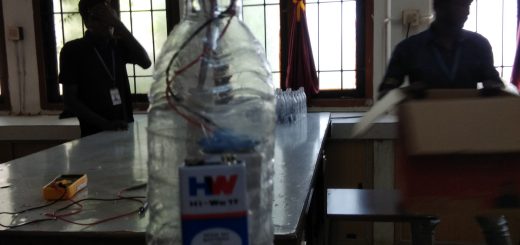What the Indian Educational system needs: A Makeover
by V. Subashree,
India is currently in the midst of one of the worst educational crisis which is being followed by huge inequity in the socio-economic status of its people. While there are a significant number of people falling under the upper and lower middle class of society in India, there is a huge population lying below poverty line with no major efforts towards the elevation of their status in society.

Here are a few quick facts:
- 40% of India’s population is illiterate.
- Indian classrooms are understaffed (1 in 4 teachers will be absent on any given day).
- Teachers are not engaging ( Only 50% are likely to be teaching at any given time).
- The Drop-out rate of children is unusually high (More than 1 in 3 children who begin primary school will drop out before reaching 5th grade).
- Education spend is relatively low (India spends only 3.3 percent of its GDP on education, compared to an average 5.8 percent in developed countries).
- The predominance of two teacher schools in the primary school segment is a major constraint.
Therefore, quality of education, especially school and primary education, has been a major cause for concern for some years now. One reason for this unease is the results thrown up by recurring survey’s which showed that reading and writing abilities of school children were dipping to alarming levels.
Another alarming trend is the inability of the schooling system to improve despite the massive increase in enrolment rates. Some educationists blame the deterioration in standards on the new educational policies that now allow children to move unhindered from one class to another with no fear of detention for academic non performance. Others argue that retention of students for repeating classes will only increase dropout rates and rob disadvantaged children off even the most basic schooling rights.
Quality standards in education vary across the country as schooling is governed by the state level laws legislated by around 35 governments in the different states and union territories and the resources that it invests in the school system.
Also, the basic schooling facilities do not seem to be too bad given the large size of the school going population. Similarly the numbers also seem to suggest an adequate availability of teachers. The pupil teacher ratio was at healthy levels with the numbers ranging from 32 students per teacher in primary schools, 31 students per teacher in upper primary schools, 28 students per teacher in secondary schools and 34 students per teacher in upper secondary schools.
On the other hand, the small schools with two teachers or less would find it hard to provide quality education for a number of reasons. For one it requires very dedicated teachers who can function without much supervision. Teachers have to simultaneously cater to different classes which makes it difficult for teacher to pay any attention to individual students or to for students to seek individual attention from teachers.
Teaching students of different ages at the same time is not an easy task. Teachers shortages is a major problem which is difficult to tackle as the possibilities for sharing workload are very limited. These small schools are also usually deprived off appropriate facilities and basic services like libraries and teacher training.




